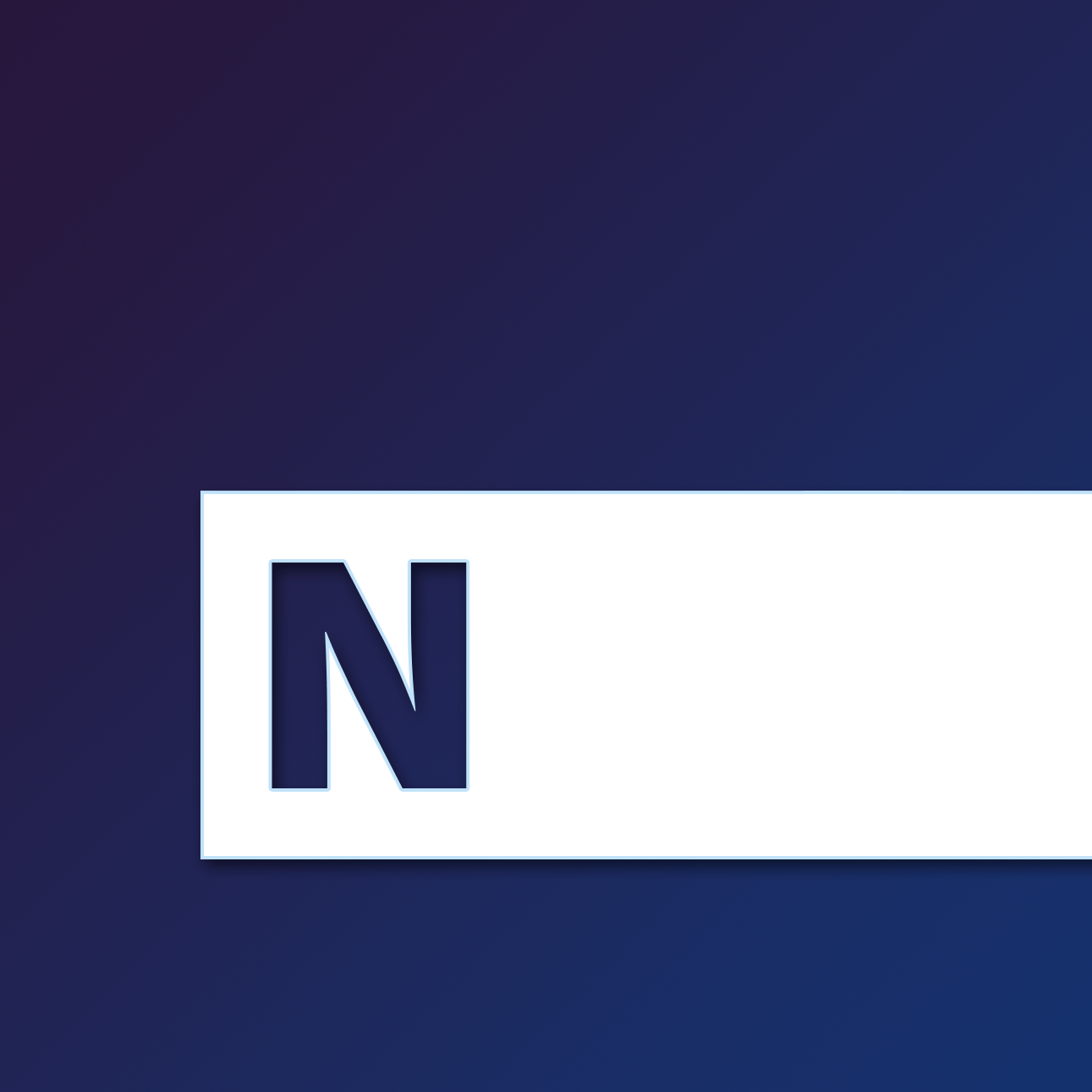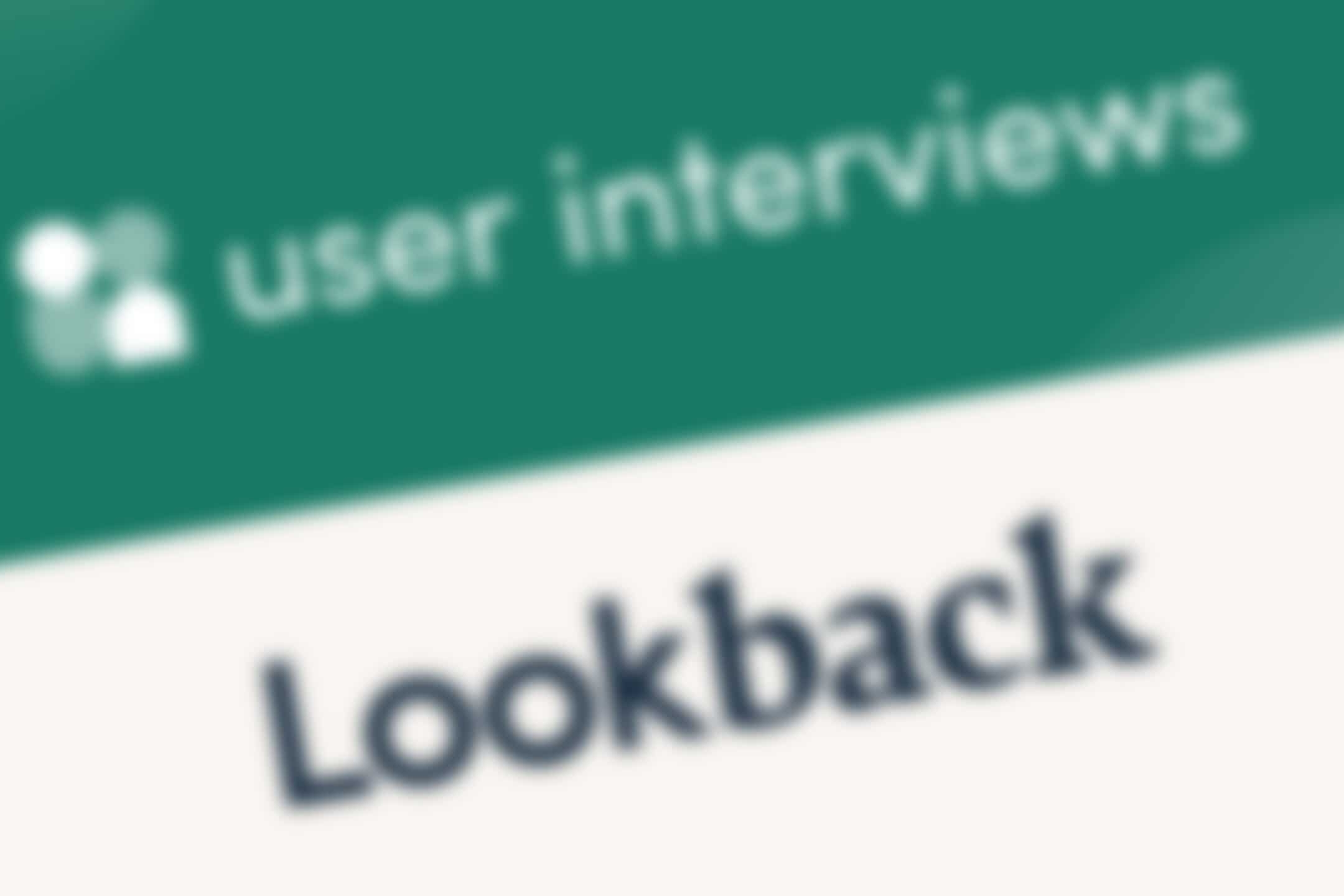Atlassian JIRA for today: in terms of sales and in early September 2022, Benjamin published a post describing how deal-related incentives can be used to close deals. This was an initiative related to the sales process we are currently working on, based on our recent experiences. If you are trying to sell enterprise software to companies as a startup, it is not an easy task.
With timeNough, we decided that the best way to get feedback was to conduct online unmoderated tasks, where the tester is guided through well-ordered tasks to perform regarding our prototype. As a next step, we needed a place to find volunteers to test the prototype and perform the unmoderated tasks, as described in this post.
Tickets can be used to define actions as well as identify events that occur during the partnership including expectations intentions incentive payments or meetings.
The man in the video
The people on a market research platform such as Respondent.io or UserInterviews were so carefully targeted and selected by us, that they were almost exactly the people who might use and purchase our product. It was important to convert them, find a way to sell timeNough to their company, and close the deal.
There are times when things end brutally after testing, while there are other times when it is okay to move forward with follow-up calls, email exchanges, and establishing a relationship following the testing. Each time, we had to be careful not to be too aggressive in trying to sell, but rather to bring & show value to the tester.
Video’s first part: a user invitation to the timeNough’s Atlassian JIRA
We soon realized, however, that this traditional method of communicating with interested testers and potential customers was not convenient. There was traction, but something was missing. Online or in books, there was no clear answer or method to help us convert these testers, despite the deal-related incentive idea.
This is when Atlassian JIRA and its ticket and task system came into play. The concept of a ticket is actually pretty simple, with different workflows and progression statuses that a project manager can design and define based on the specifics of the project.
Consider that you are dealing with multiple types of tickets in one project, which are not simply tasks and subtasks. The first type is a research project, the second is a participant in the research project, and the third is a screener question asked to the participant in the research project.
From minute 6:02 to minute 14:48, seven types of tickets are explained
There will then be a type of ticket that is about the expectations a participant may have towards the project manager, such as payment of his incentive, whether it be fixed or deal-related. Additionally, the project manager may have expectations towards the participant, so another type of ticket will be created for this purpose.
Whenever a role in the timeNough advisory board has been mentioned, a ticket may be allocated to that topic as a discussion about granted privileges within the project…
The man in the video
Finally, a type of ticket could be created to record meetings between a participant and a project manager. An Atlassian JIRA ticket may contain by default: a description, a child ticket and a parent ticket, a relationship between multiple tickets and attachments.
These types of tickets can be used to share and exchange documents such as Letters of Intent, Statements of Work, and Master SaaS Service Level Agreements, all of which are associated with typical ticket statuses, including: in preparation, in discussion, in validation, available, cancelled, or scheduled.
Relationship outcomes, letter of intent, statement of work, and service level agreements at the end
As demonstrated in the video above, Billy Whiten, the fictitious user, is invited to the timeNough’s Atlassian JIRA based on the answers he provides to screener questions, and he will be able to manage in one place:
- the payment of his incentive,
- a role as an advisor to the timeNough startup,
- his testing of the prototype of timeNough,
- his feedback about the prototype and impressions
- the promises he made throughout the questions about introducing timeNough to decision makers and to investors he knows.
In fact, Billy could be you, so if you are experienced in market research through a platform such as Respondent.io and would like to be part of this new way of bringing opportunities to your firm and to timeNough, please register yourself there.
There are things that the time enough team can do for Billy or his company. The exchange of content and files is bi-directional. A new document proposal for a partnership or deal negotiation can be added and uploaded in a sub-task.
The man in the video
I encourage you to subscribe to the YouTube channel of the project if you are interested in watching more videos. Three tutorial videos have already been published on the channel, and we plan to continue posting them in the coming year.
Thanks for watching.
Share this elsewhere:
Arnaud M. Lagardère
As a self-taught frontend programmer, Arnaud founded timeNough Europe Inc. in December of 2021 with his best friend Benjamin Caumeil. Veteran of 11 years in IT systems and as much experience using enterprise software, he discovered where these products failed on usability and comfort for users. He started to develop his own human-centric solution in 2016, for now selling it to corporations.
Related Posts
12 November 2022
On ProductHunt now and available for review
timeNough has been listed on ProductHunt, an excellent platform for gaining…
1 September 2022
Boosting your sales pipeline with 1 significant and effective approach
Everybody knows that in B2B sales, where the buyer of the software is not you,…
15 May 2022
How to find beta testers for your software prototype
I will share with you our recent and current experiences with two platforms…






